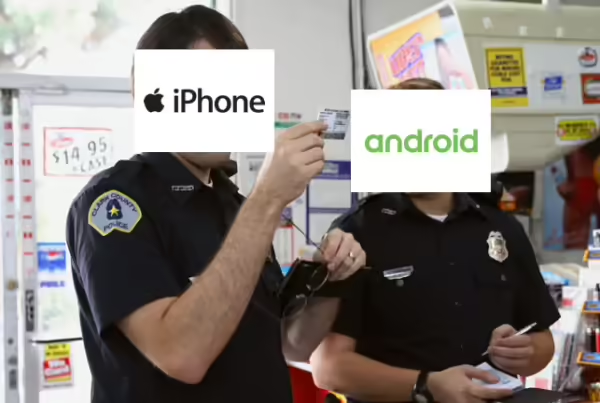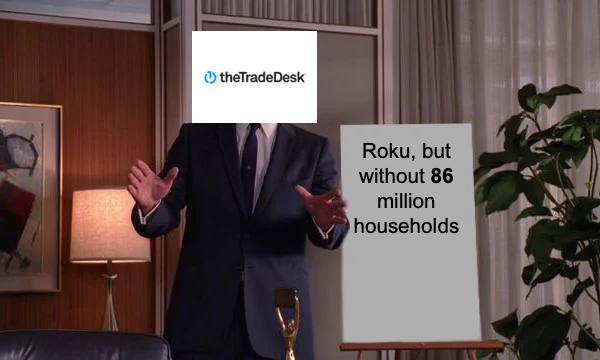Big news: Procter & Gamble is taking a more direct role in ad buy negotiations.
Why this matters: Procter & Gamble is one of the largest advertisers and sets the pace for the industry. The agency business was already facing headwinds, and this could lead to other brands working directly with media and technology partners.
Quote from Marc Pritchard – Chief Brand Officer @ Procter & Gamble:
“At P&G, we’ve taken control of when we negotiate and buy TV media. To level the playing field, we negotiate directly with as many as possible. Our agencies help us and have an important role as contributing partners, but we are in the lead.”
Upfront ad spend (YoY growth) according to eMarketer:
1) 2008-09 – $16.8B (↑ 1%)
2) 2009-10 – $14.7B (↓ 13%)
3) 2010-11 – $16.6B (↑ 13%)
4) 2011-12 – $17.9B (↑ 8%)
5) 2012-13 – $18.7B (↑ 4%)
6) 2013-14 – $19.2B (↑ 3%)
7) 2014-15 – $18.4B (↓ 4%)
8) 2015-16 – $17.8B (↓ 3%)
9) 2016-17 – $18.6B (↑ 5%)
10) 2017-18 – $19.7B (↑ 6%)
11) 2018-19 – $20.6B (↑ 4%)
12) 2019-20 – $20.3B (↓ 1%)
13) 2020-21 – $14.8B (↓ 27%)
14) 2021-22 – $17.6B (↑ 19%)
Big question: If demand is down, will CPMs also decline?
Quick answer: ![]()
CPMs are expected to rise 3-4% YoY.
Upfront CPMs for broadcast (YoY growth) according to eMarketer:
1) 2008-09 – $16.80 (↑ 3%)
2) 2009-10 – $16.09 (↓ 4%)
3) 2010-11 – $17.52 (↑ 9%)
4) 2011-12 – $19.48 (↑ 11%)
5) 2012-13 – $20.96 (↑ 8%)
6) 2013-14 – $22.32 (↑ 7%)
7) 2014-15 – $23.46 (↑ 5%)
8) 2015-16 – $24.40 (↑ 4%)
9) 2016-17 – $26.86 (↑ 10%)
10) 2017-18 – $29.01 (↑ 8%)
11) 2018-19 – $31.97 (↑ 10%)
12) 2019-20 – $36.19 (↑ 13%)
13) 2020-21 – ?
Top five advertiser wishes for changes to the upfronts according to Advertiser Perceptions:
1) Measure outcomes – 26%
2) Audience measurement – 18%
3) Attribution models – 15%
4) Transparent measurement – 14%
5) Audience guarantees – 13%
More #1: An Introduction To TV Advertising: The Upfronts
More #2: Slowly but Surely, the TV Ad Market Is Changing in Profound Ways
More #3: Procter & Gamble Calls for Change to Annual TV Ad-Buying Process






